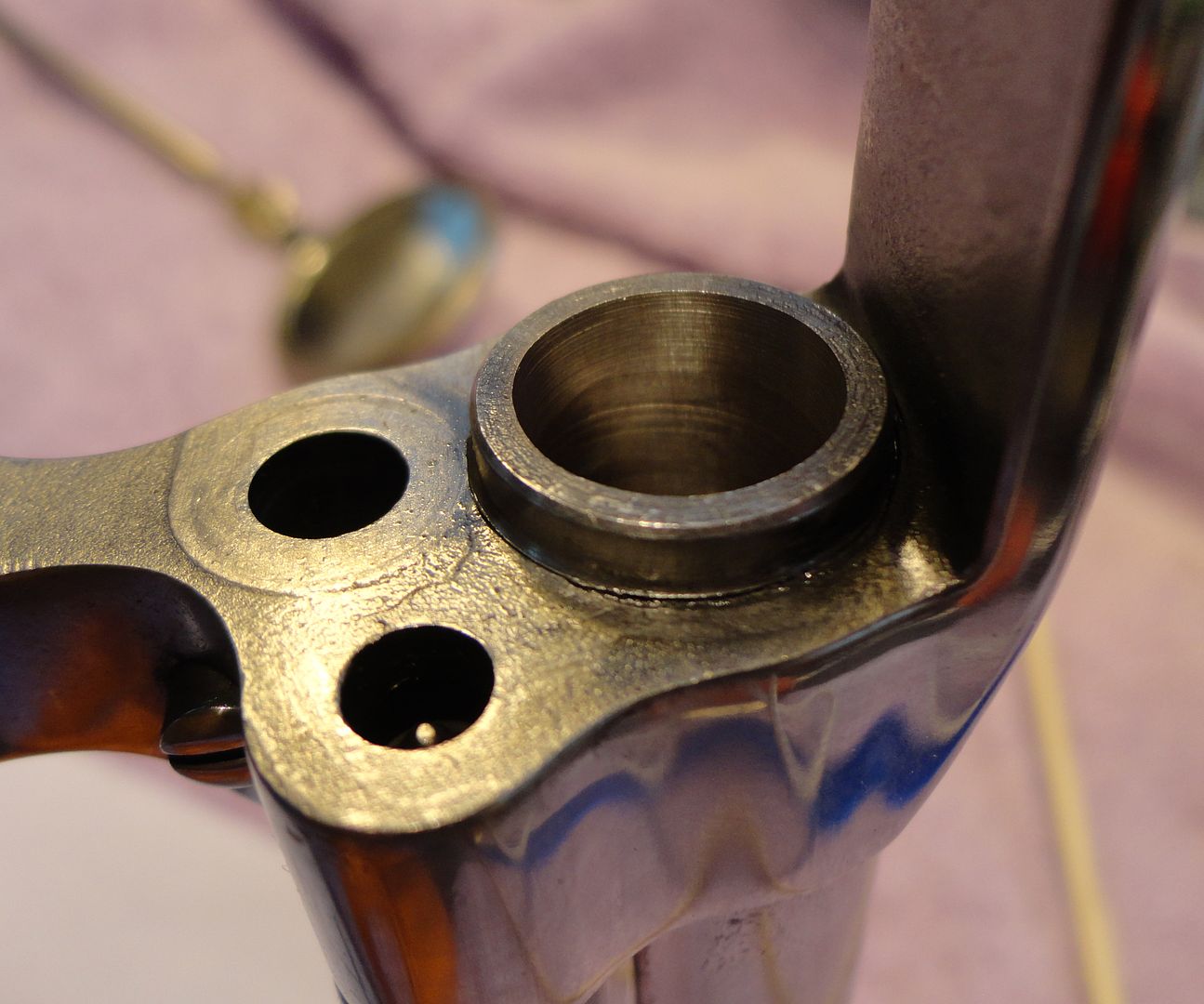Sadly, when I slugged the barrels on my beautiful .44 Special and 45 Colt Ruger Blackhawk revolvers I found out some bad news. The pure lead musket balls went smoothly with medium resistance through most of the barrel and then BAM! In the last inch or so of barrel, where the barrel goes through the frame the resistance suddenly increased a allot. With a sinking feeling I measured them and found that last inch of barrel was only .448 in my .45 Colt, and something like .426 or .427 (can't remember for sure on that one.)
I have read this was a common problem in Ruger revolvers and was hoping mine would not have it. I also read 2 of the common fixes were Fire Lapping and Taylor throating. I had never heard of either of these until recently. I was leaning towards fire lapping as I could do it myself as my local gunsmith has a considerable backlog. Plus he seems to put my revolvers on the back burner and works on 1911's and AR's instead, could be wrong about that but it seems to be getting pretty obvious.
Then today I read some very sharp debate on fire lapping where people are saying its a horrible idea to be shooting highly abrasive boolits in any gun you care about. They say its hard on the guns throat, and that by the time you have lapped your barrel properly you have partially destroyed the throat.
I don't know anything about either fire lapping or Taylor throating beyond what I read in from my Google searches and frankly both worry me. Please inform me about these proceedures, pros and cons. And is there a better alternative to both?
I would really like to get these constrictions out so I can improve my longer range accuracy. Right now they are fairly accurate within 25 yards, but I want to increase that to at least twice that, hopefully more if possible. Long range hand gunning is my goal and I feel these barrel flaws are holding me back.
Thanks in advance for any and all help/information you can provide.

|
   
   
|


|



 Reply With Quote
Reply With Quote



 DougGuy
DougGuy















